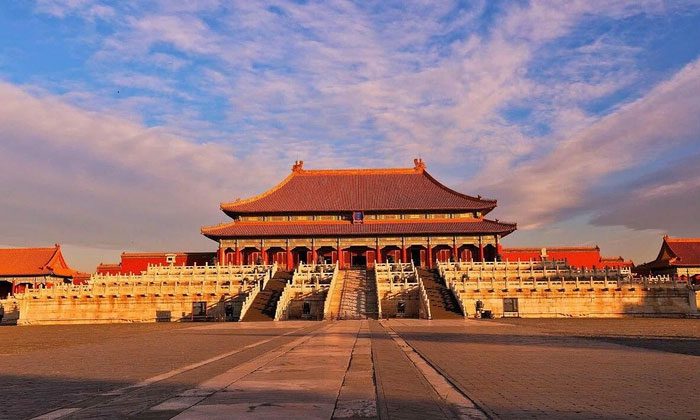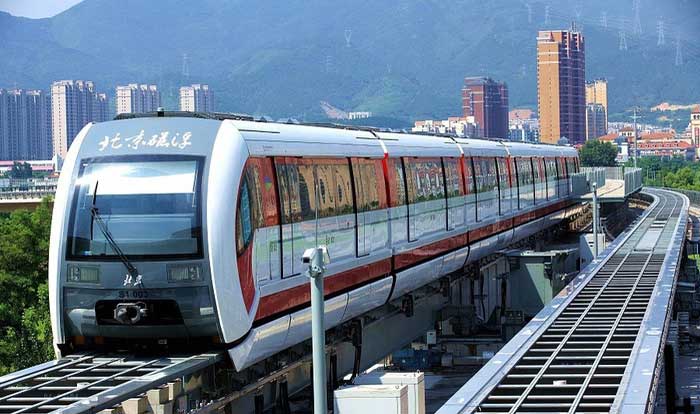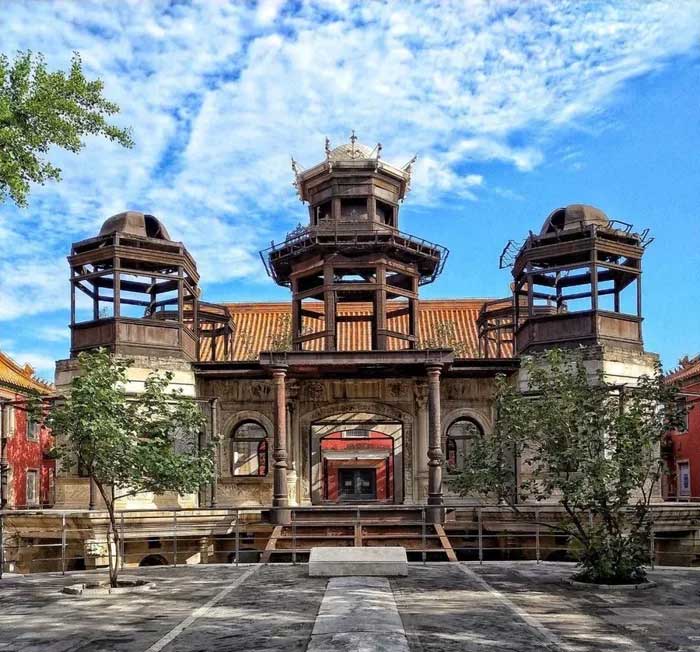There are many inquiries from future generations surrounding the Forbidden City (China). Among them, many are curious about the reason why the subway is not allowed to operate beneath the Imperial Palace.
The Forbidden City Holds Many Mysteries That Intrigue Future Generations
The Forbidden City is known as one of the ancient palaces that is magnificent and splendid, witnessing many historical narratives of China. It is one of the most famous and valuable architectural works in the country with a population of over a billion, recognized by UNESCO as a World Heritage Site in 1987.

The Forbidden City is one of the most famous structures in the country. (Photo: Internet).
Constructed from 1406 to 1420 with around 1 million laborers, the Forbidden City features 9,999 different rooms. This was the main venue for the emperors and their courtiers to discuss state affairs, as well as the location where the imperial harem of each dynasty gathered. In Chinese palace dramas, audiences can easily encounter representations of the Forbidden City.
Having endured the reign of over 20 emperors during the Ming and Qing Dynasties, the Forbidden City remains one of the most watched and admired structures. Today, countless domestic and international tourists visit the Forbidden City.
Despite existing for centuries, the Forbidden City continues to possess many mysteries that pique the curiosity of international visitors. Notably, the question of why there is no subway running beneath the Imperial Palace is significant.
The Brilliant Minds of Ancient People
Beijing’s Subway Line 8 was constructed quite unusually. Instead of building it as a straight line connecting the stations, it includes large curves. In fact, this design helps the subway avoid the Forbidden City and the surrounding ancient buildings.

Subways are a popular mode of transportation in China. (Photo: Internet).
Subways are generally built very deep, so one might wonder why there are no subways running beneath the Forbidden City.
The key lies in the foundations of the Forbidden City, which are very deep and specially designed.
According to a survey by the Department of Ancient Architecture Management of the Palace Museum and the Beijing Urban Survey and Design Institute, the area of the three towers of the Forbidden City consists of 20 layers of bricks of different types. The foundation of the Forbidden City is approximately 20 meters deep primarily in the three main halls.
Meanwhile, the depth of Subway Line 8 is about 35 meters underground. Therefore, when the subway operates and passes through the Imperial Palace, the possibility of damage may occur.

Every detail in the structure is meticulously crafted and carefully calculated. (Photo: Toutiao)
So why did the Forbidden City construct such a deep foundation?
Firstly, this is where emperors ruled, so the design standards would be higher. They needed to build a solid foundation before creating the grand structure above. Moreover, the Forbidden City covers an area of 720,000 square meters, resulting in a significant weight. It is larger than any other ancient building in China, especially the three main halls.
Six hundred years ago, the Chinese demonstrated exceptional thinking and intelligence. Constructing a colossal structure that would impact future generations is no simple task, which is why the Forbidden City continues to amaze future generations when they admire and explore its splendor.


















































